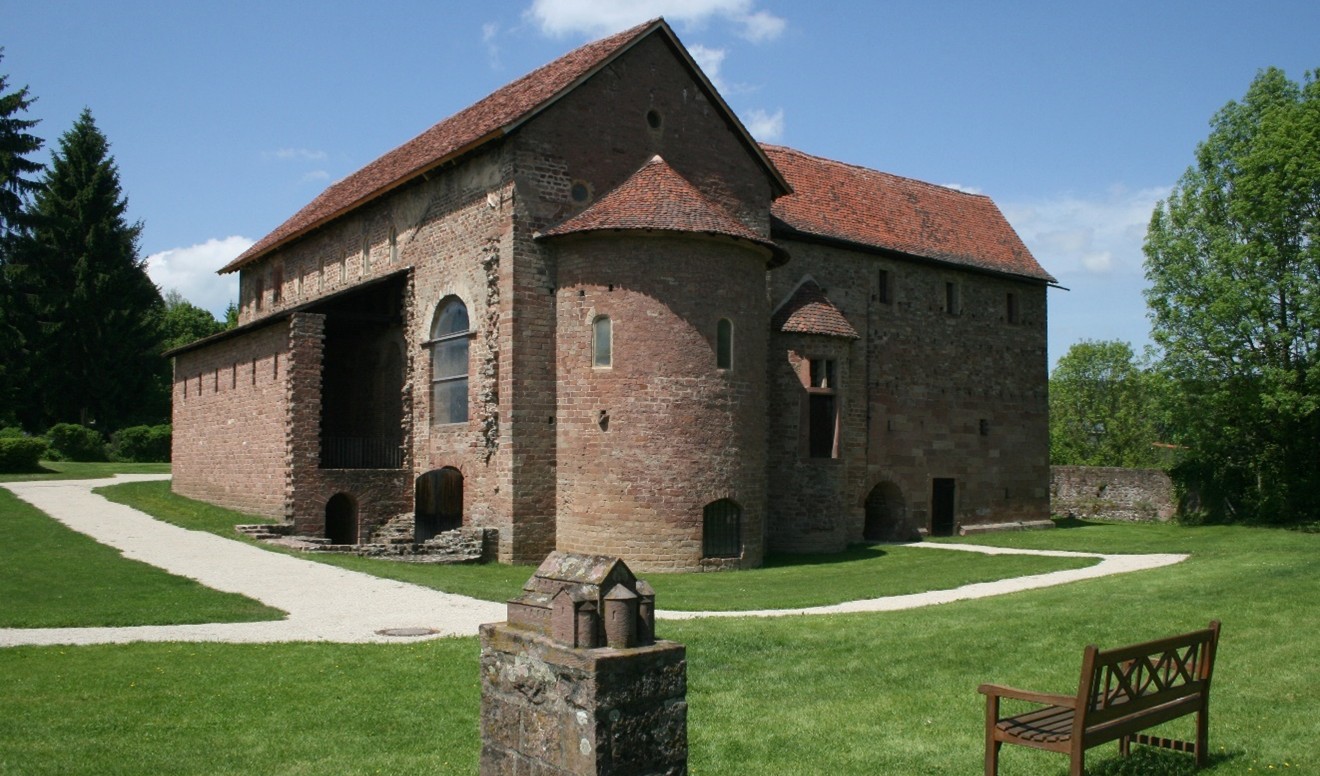Should XR Applications Supplement or Replace History Excursions in Education?
DOI:
https://doi.org/10.17083/ijsg.v12i2.981Keywords:
Out-of-School Learning, Cultural Heritage, History Lessons, Extended Reality, Virtual Reality, Augmented Reality, Educational Game, Serious GamingAbstract
Cultural heritages are important out-of-school learning sites in history lessons, but excursions are associated with high organizational effort for teachers. This article explores whether XR applications can replace or supplement school excursions. The Einhardsbasilika, a historical building in Michelstadt (Germany), serves as a case study. Building on the learning forms by Freericks et al., which are designed for the conceptualization of excursions, a VR application for location-independent exploration and an AR application for supporting on-site visits are developed and described. In a formative user study, 17- and 18-year-old students assessed the applications based on indicators that break down the learning forms by Freericks et al. into understandable indicators. This approach differs from previous studies, which typically compared only one XR application with a school excursion, without utilizing a unified didactic model. Our study, embedded within regular history lessons, concludes that XR applications should not fully replace excursions but can meaningfully complement them. Our results contribute to establishing a link between the game mechanics of an educational XR application and the learning forms by Freericks et al., providing practical recommendations for teachers on how to weigh up an excursion against XR applications.

Downloads
Published
Issue
Section
License
Copyright (c) 2025 Pascal Mosler, Marcus Orth, Johanna Sophie Hummel, Songbin Wang, Uwe Rüppel

This work is licensed under a Creative Commons Attribution-NonCommercial-NoDerivatives 4.0 International License.
IJSG copyright information is provided here.